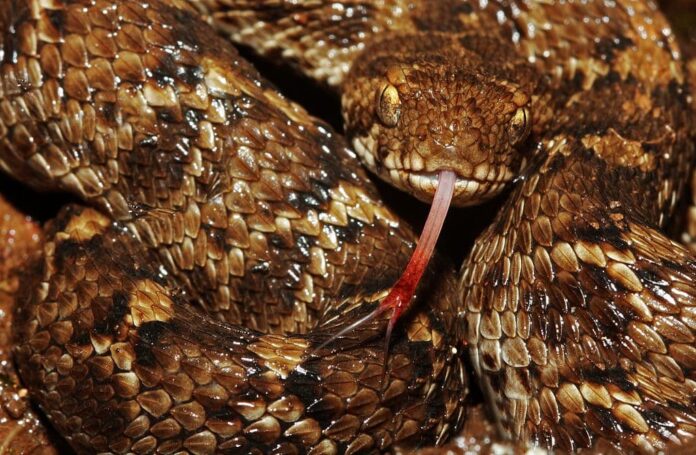Venomous snakes in Asia have caused over thousands of deaths and injuries every year on this continent. Some venomous snakes live in the forest while others share the habits near humans which are very dangerous. This is why we are going to learn more about some of the most venomous snakes in Asia today. You will find 10 of them in the list below, so let’s take a look.
1Asian Pit Viper
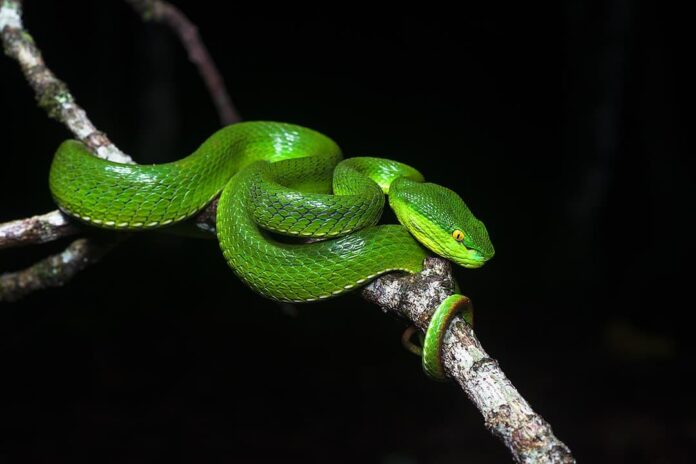
Endemic to northern Asia, the Asian pit viper or Central Asian pit viper is one deadly snake to fear. This species lives in open woodlands, rocky grasslands, and scrublands where they feed on frogs, large insects, lizards, and rodents. When harassed, an Asian pit viper shows their aggressiveness by flattening its body against the earth and vibrating its tail. These vipers attack the intruders aggressively if the warning signs do not work, and the venom varies depending on the bites. Sometimes it is mild which includes pain and swelling while other times it is highly toxic on the biting site. In serious cases, the neurotoxic venom attacks the nervous system and slowly attacks the cardiovascular system.
2Beaked Sea Snake
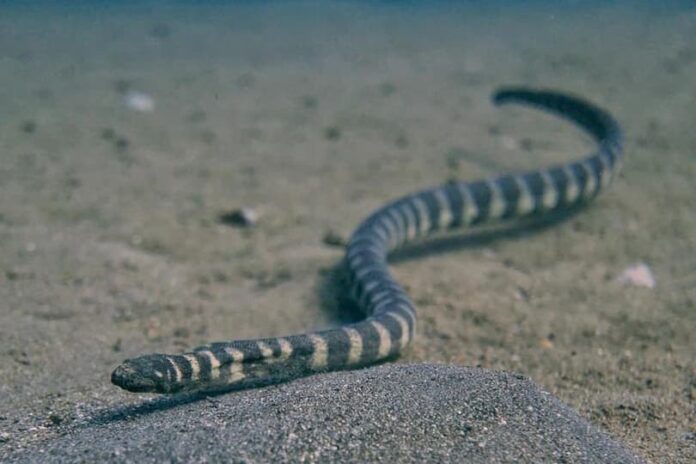
Although not dangerous, it was believed that beaked sea snakes have the strongest venom of all snakes in the world. There are two species of beaked sea snakes, and they are found in the shallow seas of Australia and the South Coast of Asia. These snakes are peaceful and shy, and they rarely bite so they don’t harm people at all. However, beaked sea snakes are quick to strike when disturbed. Their most common victims are fishermen who were bitten while pulling the nets that they are caught in. The venom of these snakes is highly potent, containing mycotoxins and neurotoxins which can destroy muscle cells and disable nerve action. The results include kidney damage, muscle tissue effects, progressive paralyzation, and respiratory failure.
3Cobra
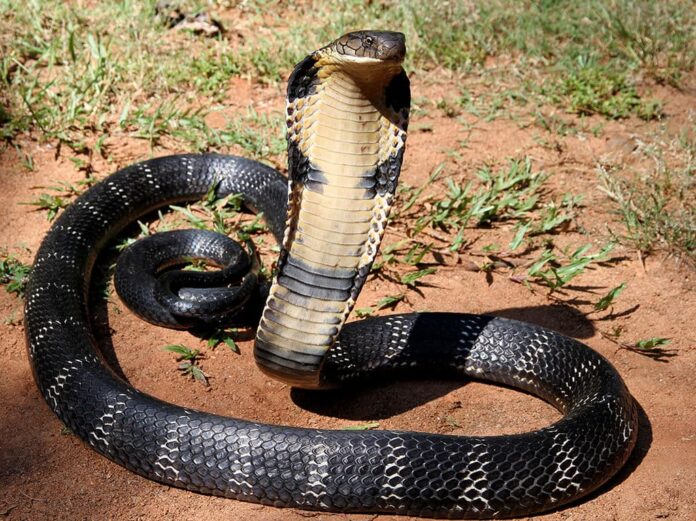
All cobras are venomous although some venom is stronger than others. In Asia, the most venomous snakes are Indian Cobras and King Cobras which cause a lot of bites each year. The thing is that cobras are shy and usually prefer to mind their business, and only bite when disturbed or threatened. When confronted, a king cobra can literally stand up with one-third of its body off the ground. Then it looks a full-grown person in the eye, getting ready to move forward to attack. As for Indian cobras, they are the large venomous snakes among the big four in South Asia. The venom of these two cobras can kill people in a single as it affects the brain, heart, and respiratory system. This is why they are very deadly, causing a majority of human deaths in Asia.
4Common Krait
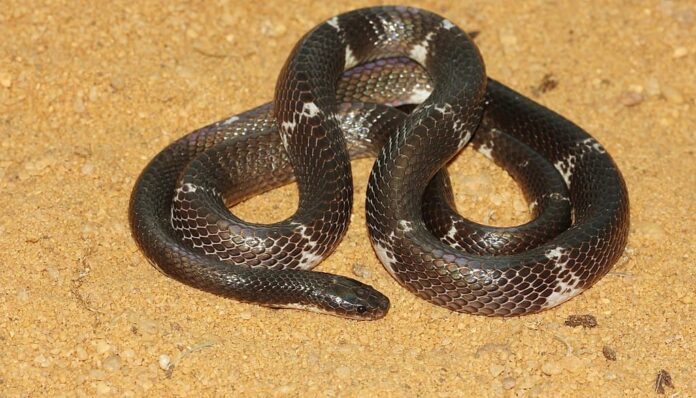
The common kraits are highly venomous snakes found in almost all over Peninsular India in the Indian subcontinent. This species is also found in neighboring countries such as Bangladesh, Nepal, Pakistan, and Sri Lanka. Their habitats include agricultural lands, dry and moist deciduous forests, grasslands, lowland plains, rainforests, rocky terrains, semi-deserts, wetlands, and more. Common kraits are also one of the big four, inflicting the most snakebites on humans in India. During the day, common kraits are docile and shy and they are more active, alert, and aggressive during the night. The venom contains powerful neurotoxins that can cause muscle paralysis, severe abdominal cramps, and more
5Coral Snake
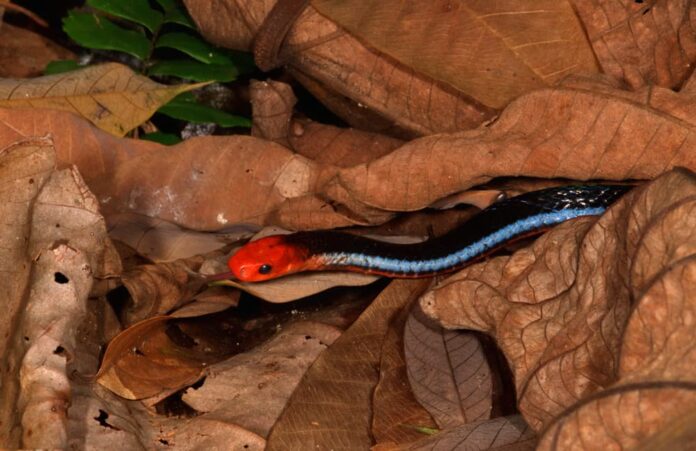
Also known as blue coral snakes, this species is one of the most venomous snakes native to Southeast Asia. Coral snakes are potentially lethal, and their appearance is similar to the reed snakes which are nonvenomous. Such confusion between the two is also one of the reasons that people are bitten by them. This deadly snake species are found in the leaf litter of primary and secondary forests where they feed on other snakes.
When threatened, coral snakes sometimes flee while other times they remain in place to attack or strike back. Their venom is so strong it causes almost instantaneous paralysis by blocking the victim’s sodium channels. This can result in chronic pains, hypotension, inflammation, and neurotransmitter blockade in humans after the bite. Because there is no known antidote yet, bites from coral snakes occasionally lead to deaths.
6Habu
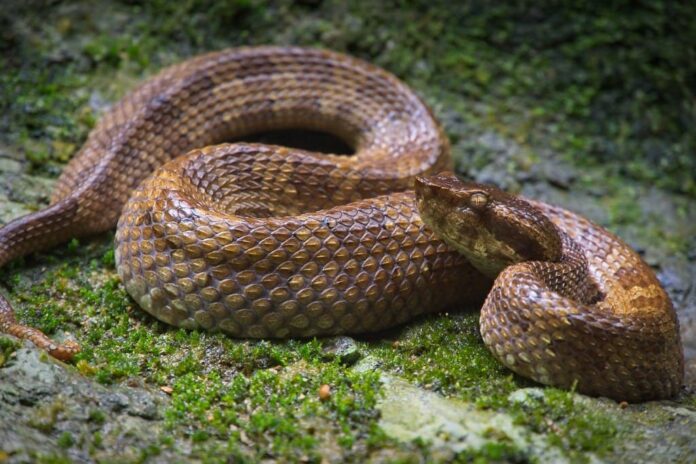
Living in the jungle and vegetation areas of the Ryukyu Islands, Habu is a very dangerous and venomous snake to hikers. One bite from this snake can cause severe damage, and death can occur without proper medical treatment. The venom of a Habu contains cytotoxin and hemorrhaging components which are highly toxic that can cause hypotension, nausea, and vomiting. In some serious cases, the victims undergo loss of motor function in the hands and legs are the treatment. In 6% to 8% of victims suffer permanent disability if not death.
7Keelback
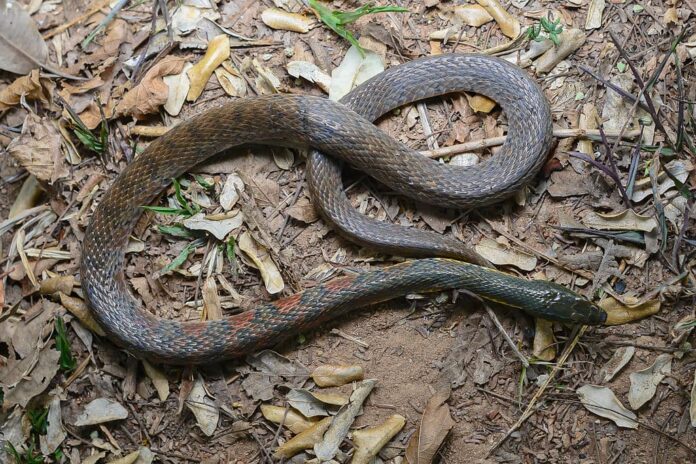
Are there any snakes that are both poisonous and venomous? Yes, and that is the keelback. Keelback snakes feed on poisonous toads, and they have glands that secrete the poison that they ingested. At the same time, these snakes can also inject their strong venom that is potentially dangerous to humans through a bite. This species is found in Southeast Asia, and it is often confused with the nonvenomous freshwater keelback snakes in Australia.
Another name for this species is red-neck keelback due to the red-orange color around their neck area. These venomous snakes have rear fangs that allow them to hold on during the bite or bite repeatedly. Sometimes these keelback snakes also chew on the victims to inject the venom which causes serious results. The symptoms include internal hemorrhaging of the brain along with coagulopathy, disseminated intravascular coagulation, nausea, and renal failure. These snakes have front teeth that do not cause any danger when biting while bites from their rear fangs are lethal.
8Mamushi
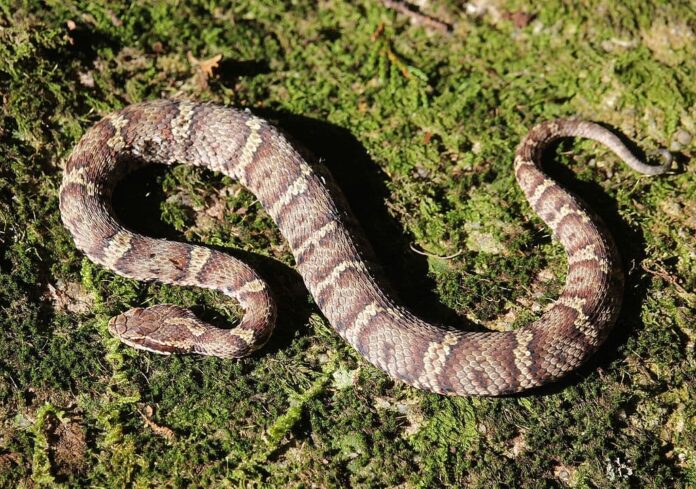
Here you are looking at the most venomous snakes in Japan that bite around 2000 to 3000 people every year. Mamushi lives in a wide range of various areas such as grasslands, montane rock outcroppings, marshes, meadows, open woodlands, and rocky hillsides. This species usually lives in farmlands and other areas throughout the country where rodents are abundant. The venom of mamushi contains anticoagulants, hemolytic toxins, and some neurotoxins that cause tissues to liquify which leads to skin necrosis. Sometimes it can cause disseminated intravascular, muscle degeneration, renal failure, palsy, peripheral neuropathy, and visual disturbance. The death from mamushi causes between 5 to 10 deaths each year.
9Russell’s Viper
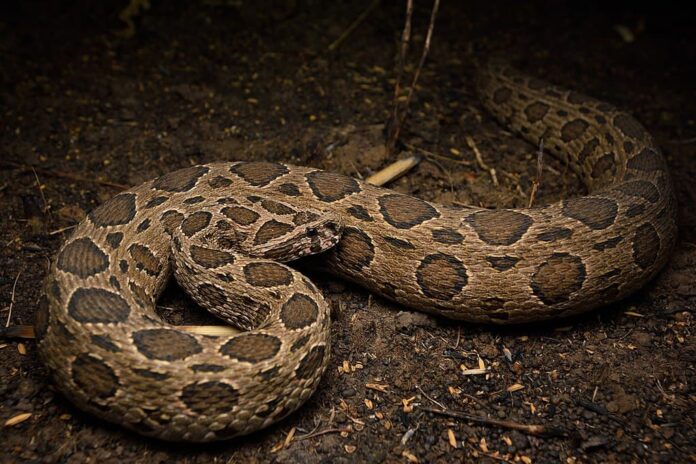
Found in all of Asia, Russell’s vipers are ambush predators that lurk in bushes or high grass waiting for prey. Russell’s vipers are terrestrial snakes, and they move slowly and sluggishly by themselves unless threatened. This is why this species takes account of many snakebites on people every year. The scary thing about these venomous snakes is their reputation for injecting a huge amount of venom into their victims. The venom of this viper is very strong it can cause a lot of bleeding, paralysis of neck muscles, and strong bleeding. Also, it destroys kidneys which lead to kidney failure and hemorrhaging, followed by renal damage and death.
10Saw-Scaled Viper
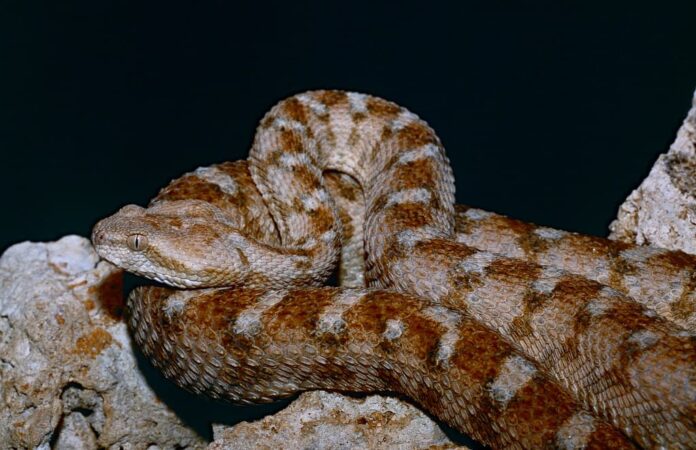
Despite being the smallest snakes among the big four, saw-scaled vipers are still one of the most venomous snakes in Asia. Saw-scaled vipers are aggressive and hard to spot which is a serious combination for venomous serpents. Even worse, these snakes are also common in areas that are densely populated by humans. This viper species is responsible for causing the most snakebite cases and deaths due to its potent and strong venom. It has long tubular teeth that will plunge into the victims over and over, injecting the venom. Its venom devastates the tissues around the site of the bite, resulting in losing fingers or limbs entirely. Other symptoms include coagulation and hemorrhage, followed by kidney dialysis or death without immediate medical attention.
Related Post: Most Venomous Snakes In Australia

